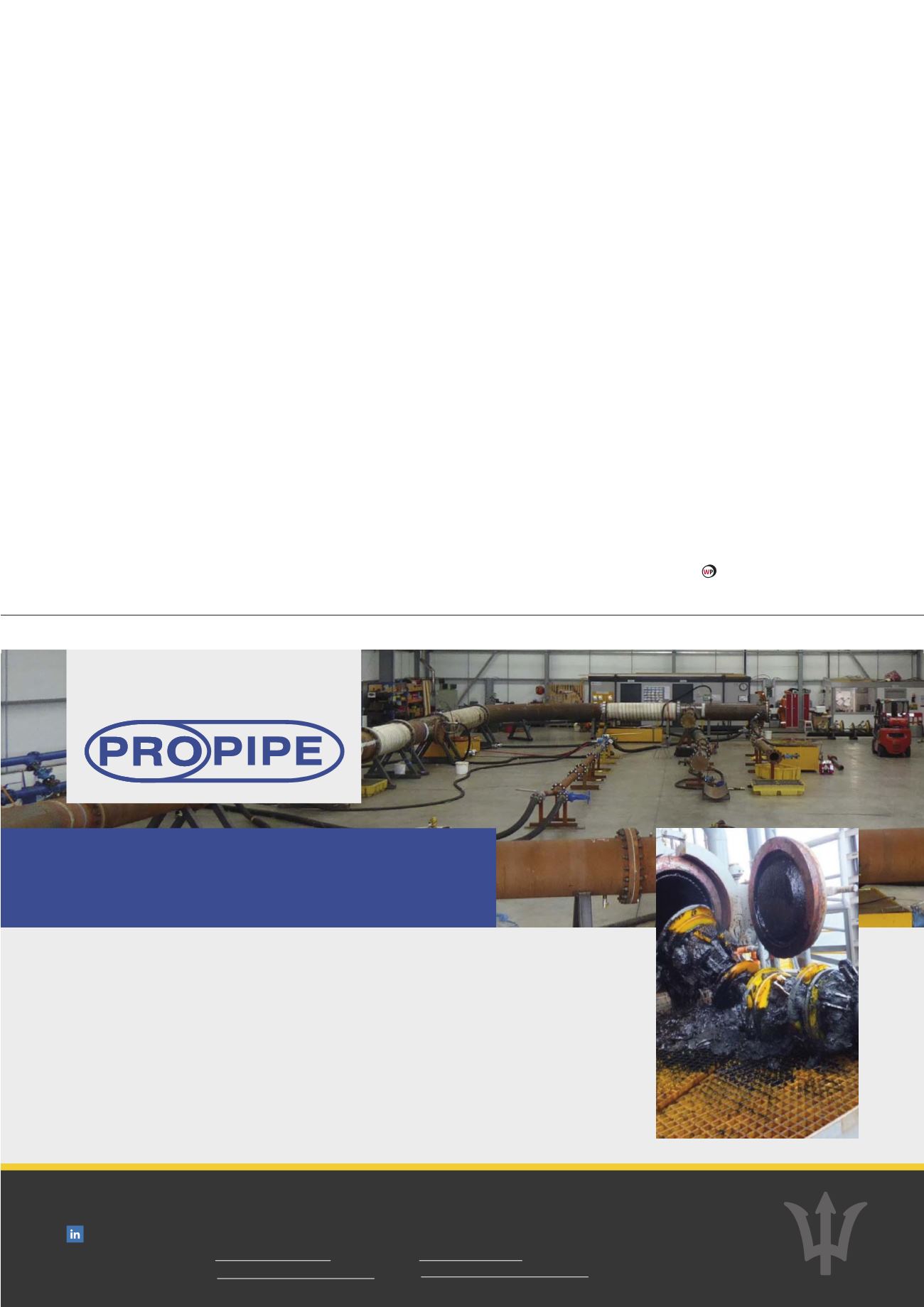
much as 30%, which contributes to better rotor dynamics of
the compressor. It also offers advantages for the AM process
itself, as every reduced gram of material that does not have to
be melted by the laser saves time and money.
Finally, AM has allowed Siemens to reduce spare part
lead times and serve short-term orders more efficiently. In
the past, using traditional manufacturing techniques, it was
not uncommon for impeller wheels to take up to several
months to deliver, particularly during times of high capacity
utilisation. While this timeframe is not necessarily a problem
if the impeller is changed as part of a scheduled service plan,
it is far too long in the case of an unexpected shutdown when
the replacement is needed as soon as possible. Siemens’ goal
is to deliver AM impeller wheels to customers in as little as
six weeks, which would be a huge reduction in current lead
times.
Accelerating adoption of new technologies
Over the past five years, AM has emerged as a
transformational technology for the energy industry –
enabling OEMs to create new designs and geometries that
have not been possible with conventional manufacturing
methods. The production of radial impellers using AM is
just one of the many examples of how it is being leveraged
to deliver measurable value to equipment end-users – from
improved blade surface quality and decreased weight, to
reduced waste and significantly shortened lead times.
Overall, AM has enabled Siemens to respond to customer
requirements more effectively and expeditiously. It has also
increased flexibility in the design process, allowing developers
to tweak 3D models digitally to develop prototypes that
can be used for testing. Parts can be rapidly printed and
checked for certain properties before serial production begins,
massively speeding up innovation cycles.
Historically, the oil and gas industry has been conservative
when it comes to adopting new technologies, and AM has
been no exception. Siemens has illustrated some of the
benefits of 3D printing for the manufacturing of gas turbine
components, and is now applying this added knowledge to
compressors.
Ultimately, as energy providers, including pipeline
operators, seek to improve efficiency and increase the
availability of their compression assets, the benefits of
3D printing will become harder and harder to ignore.
The technology is rapidly maturing, and every year more
components are being tested and validated in real-world
applications. Siemens has demonstrated this, and will continue
to invest in the development of AM products and services
that comprehensively address the equipment lifecycle – from
design and fabrication to operation.
Dedicated
pig testing
facility for
all pig types
and sizes
Propipe Limited
Queens Meadow Business Park,
Hartlepool, England TS25 5TE
T:
+44 (0)1429 872 927E:
groupsales@propipe.co.ukPropipe North America
27 Parker Street, Dartmouth,
Nova Scotia, Canada B2Y 4T5
T:
+1 (902) 499-2796E:
info@turbulentresearch.com propipe.co.ukConfidence in pigging
•
Risk mitigation and reduction
•
All pigging mediums (Water, Air, Gel etc)
•
Custom test rig manufacture (3”-56”)
•
Indoor 24-hour facility
•
Full analysis and reporting
•
Full client access
PIG TESTING
AND VERIFICATION








